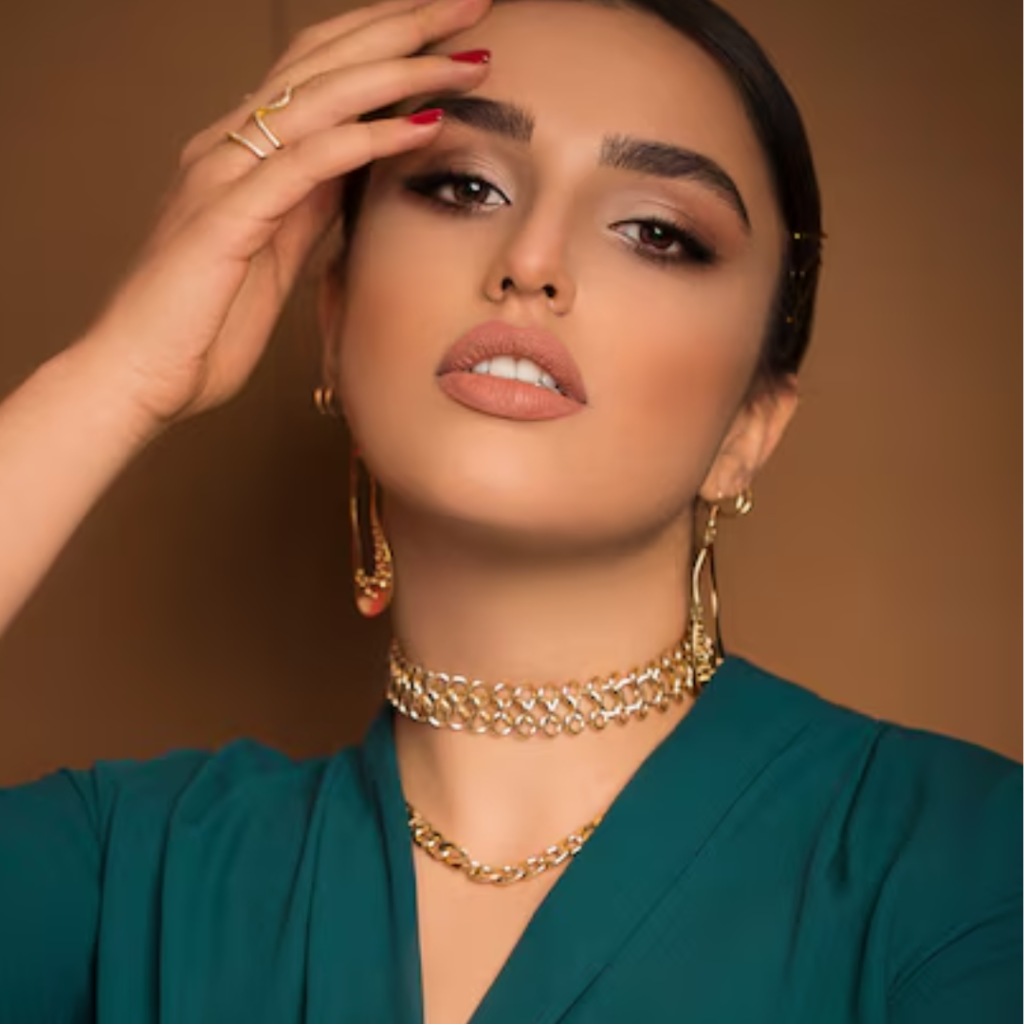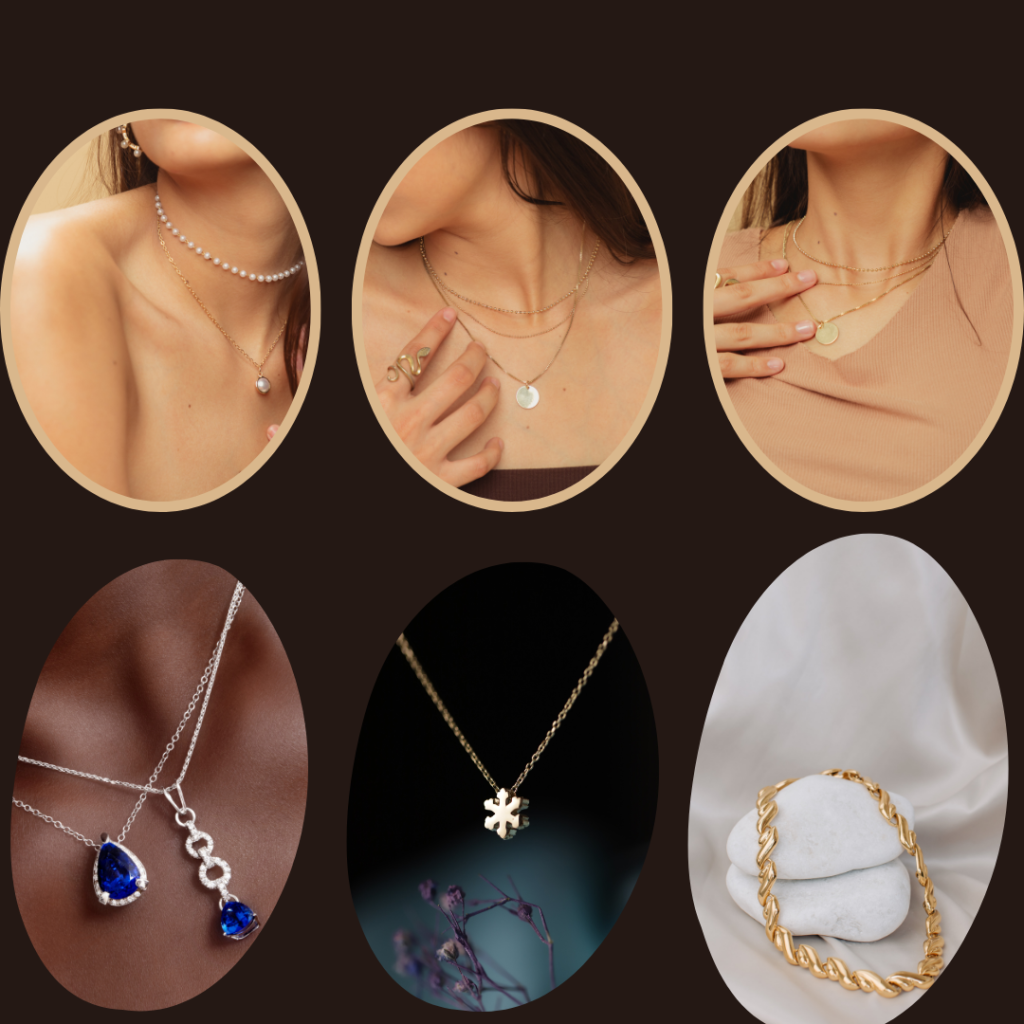Must Have Traditional Jewelleries That Transforms Your Look and Feel

Jewellery accentuates your outfit and overall look for any occasion. Our wardrobe must have everything from delicate, minimalistic designs of modern accessories to intricate, culturally rich, and uniquely designed traditional jewellery pieces. Traditionally jewellery helps add that timeless and classic charm to your look, especially if you wear traditionally outfits such as suits, dresses, sarees, and more.
To help you take your traditional outfit game to the next level, check out this brief blog on types of traditionally jewellery and their importance in cultural upliftment that adds fusional charm even to modern outfits.

Cultural Importance Of Traditional Jewellery
Traditionally jewelleries cultural importance represents much more than just fashion compliments. It is a profound symbol communicating history, identity, values, and cultural heritage. Some types of famous traditional jewellery are also linked to different meanings and for various rituals.
The cultural importance of traditional jewelleries in fashion is that it inspires many modern designs. You can wear traditional jewellery for many occasions, and it helps you connect to your roots. Moreover, in keeping up with the current trends, traditionally jewellery serves as unique fusion pieces to dazzle and turn heads.
Types Of Traditional Jewellery
There are different types of traditional jewelleries with different craftsmanship, materials, and colours. Some of these jewelleries pieces are a must-have as they will help you transform your look and feel. Here are 5 of the most famous traditional jewelleries that are wardrobe essential.
1. Gold Plated Jewellery
Gold-plated traditional forms are among the most popular choices in traditionally and modern fashion landscapes. These types of jewelleries have a special allure and timeless charm, as gold is always associated with luxury, charm, and beauty. Moreover, gold-plated jewellery is versatile.
You can wear these pieces of jewellery with numerous outfits, styles, colours, and materials. This type of famous traditional jewellery pieces, such as necklaces or earrings, will help you match them with your outfits regardless of their aesthetics.

2. Sterling Silver Jewellery
Sterling silver is a famous traditional jewelleries piece known for its bright, cool and lustrous sterling silver. They make for intricate designs that are versatile and durable for use. They can also provide an alternative where gold jewellery might not be appropriate to wear and unique to express your cultural heritage.
Sterling silver jewellery also comes in different forms, including necklaces and earrings that are unique for each occasion. These types of traditional jewellery have a global appeal and are very easy to maintain.

3. Statement Jewellery
Want something traditional that keeps all eyes on you? Then investing in statement jewelleries is a must. Statement jewellery is any fancy jewellery set, earring, necklace, or another unique, large, and attention-grabbing piece. These pieces of jewellery also greatly reflect your personal style.
When pairing an outfit with statement pieces of different types of traditional jewellery, we recommend not adding additional layering or simply using it as a standalone accessory to enhance the overall appeal of the look and style you are going for.

4. Kundan Jewellery
One of the most famous traditional jewellery styles is Kundan or Kundankari jewellery. It is probably one of the oldest forms of ethnic jewellery that was first popularised during the Mughal era. From then to today, craftsmanship has increased tenfold, and now Kundankari jewelleries is seen as the finest and most elegant piece of ethnic jewellery.
The importance of traditional jewellery of such finesses also lies in their being a first choice for festivals or temple-like events. Moreover, today’s combination of traditional and modern design makes it a fantastic option to style with contemporary outfits such as gowns and dresses.

5. Fancy Necklaces
Whether it is a family function, a big wedding, or a fancy office party, necklaces instantly spruce up the entire attire. The type of necklace you choose to wear depends entirely on the occasion’s theme, style and necessity. Regardless of the what and how, there is always a necklace set that caters to your needs.
Fancy necklaces are a famous traditional jewellery choice amongst women because they are timeless and classic pieces, which is why they are one of the must-have traditional jewellery pieces for your wardrobe.

Final Thoughts
The importance of traditional jewellery as a must-have wardrobe accessory lies in its unique beauty and timeless charm. Your collection is a reflection of your style and charm. What you wear and how you wear it depends on whether you are confident in your jewellery choices and know how to style an outfit.
It is important to remember that you should layer traditional jewellery with other accessories such as rings, necklaces and more. So be sure to experiment with different types of traditional jewellery and find the one that is the right fit for you and your outfits.

Traditional Jewellery of India: detailed overview:
Historical Roots
The history of jewellery in India is as old as the civilization itself. The Indus Valley Civilization, dating back to 2500 BCE, showcases the earliest examples of jewellery-making in India. Gold, silver, and precious stones were commonly used, and craftsmanship was highly advanced. Over the centuries, Indian jewellery evolved, influenced by various dynasties like the Mauryas, Guptas, Mughals, and the British, each adding their unique touch to its design and technique.
Regional Variations of traditional jewellery of India:
India’s vast geography and cultural diversity have given rise to a plethora of regional jewellery styles. Here is the categorization of all the famous jewellery in India.
- North India: Known for elaborate gold pieces, often studded with precious stones. Kundan jewellery, originating from Rajasthan, involves setting gold foil between the stones and its mount. Another famous style is Meenakari, where vibrant enamel work is done on gold, popular in Rajasthan and Gujarat.
- South India: Famous for its temple jewellery, initially used to adorn statues in temples and later by Bharatanatyam dancers. Made of gold, it often features motifs of gods, goddesses, and nature. This is how it looks like:
- East India: Bengal is renowned for its intricate filigree work in silver and gold, known as ‘Tarakasi’. The traditional designs are delicate and involve thin wires of metal intricately twisted to create beautiful patterns.
- West India: Maharashtrian jewellery like Thushi, a choker-style necklace made of gold beads, is distinct. Gujarat and Rajasthan are known for their use of colorful stones and intricate carving.
Summing Up
So there you have it, a traditional jewellery guide for modern women! These tips and tricks allow you to confidently style your favourite pieces to elevate any outfit. Remember to layer with rings, necklaces, or bangles and experiment with mixing metals.
In a world constantly evolving, where fashion trends come and go, there’s something timeless about traditional jewellery. Its allure transcends time and resonates with modern women who appreciate the elegance and cultural significance that accompanies it.
When it comes to traditional jewellery, Vummidi Bangaru Jewellers embodies and exhibits the essence of South Indian tradition through jewellery.
FAQs Related To Traditional Jewellery Guide For Modern Women
Should I only wear traditional jewellery for special occasions?
Absolutely not! Traditional jewellery can be worn and styled in a variety of ways for both special occasions and everyday wear. It’s all about how you incorporate it into your overall look.
Can I mix traditional jewellery with modern pieces?
Yes, definitely! Mixing traditional and modern jewellery is a great way to add depth and uniqueness to your outfits. Don’t be afraid to experiment and find combinations that reflect your personal style.
How do I take care of my traditional jewellery?
To ensure the longevity of your precious pieces, it’s important to handle them with care. Store them properly in a jewellery box or pouch, keep them away from moisture, chemicals, and direct sunlight, and clean them regularly using appropriate methods, depending on the materials.
What if I inherit sentimental, traditional pieces, but they don’t match my style?
If you inherited sentimental, traditional jewellery that doesn’t quite fit your style, consider repurposing or redesigning the pieces. A skilled jeweller can help transform these treasures into something that suits your taste while preserving their sentimental value.
